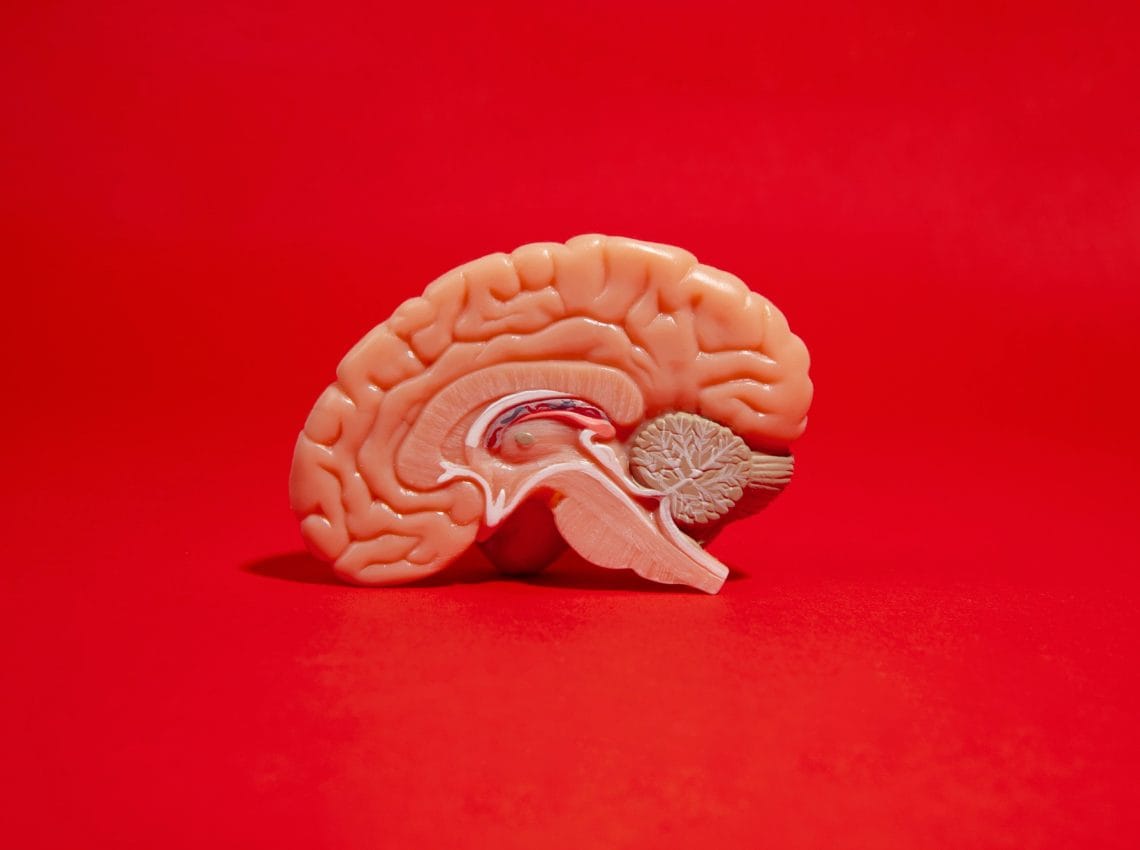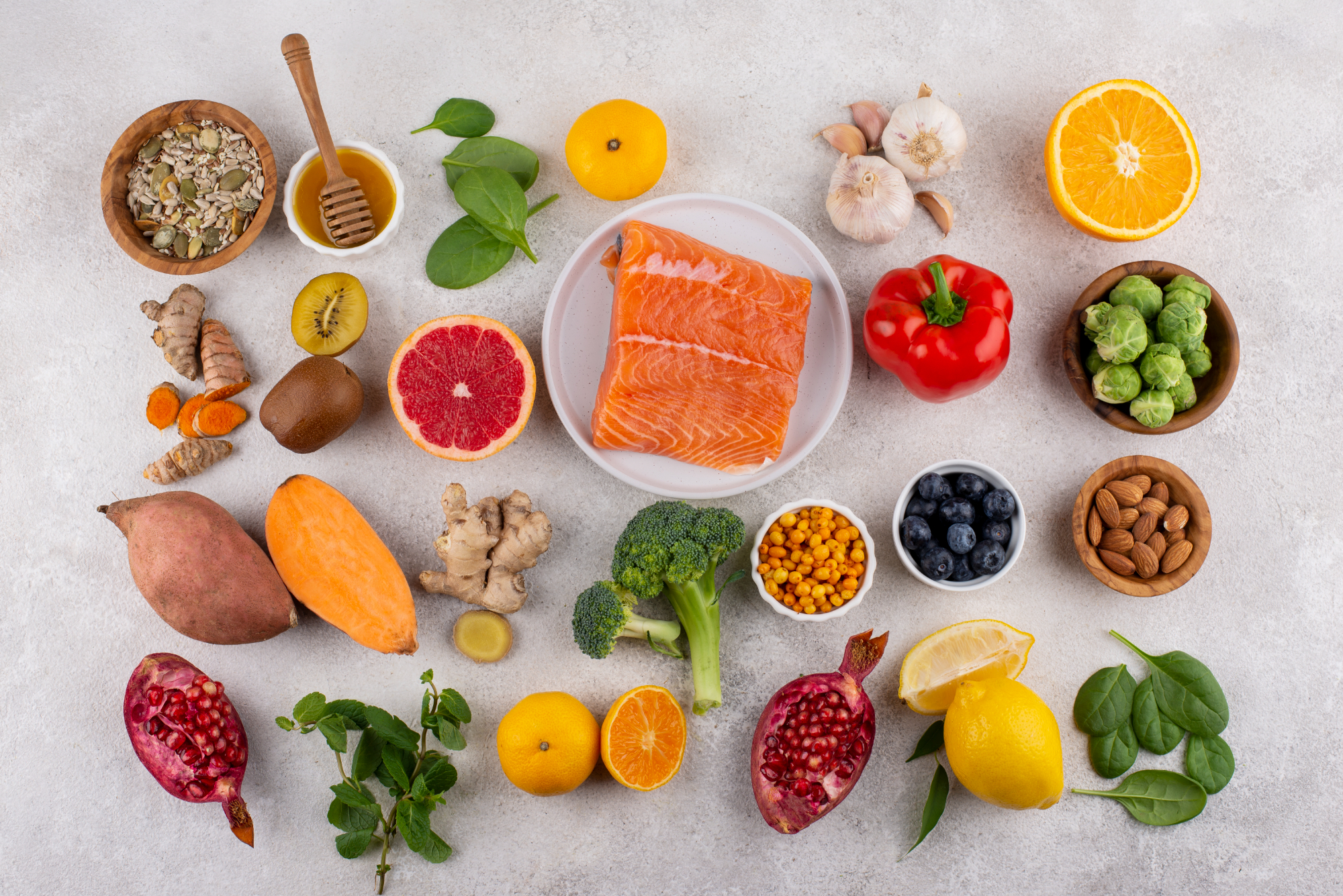How the Brain Decides When to Eat or Drink: Amygdala Neurons Hold the Key

Our brains constantly assess when we need food or water, relying on intricate networks of cells and signals to prompt us to eat, drink—or stop. While this system is vital for survival, many of its inner workings remain a mystery. Now, a team of scientists from the Max Planck Institute for Biological Intelligence, in collaboration with the University of Regensburg and Stanford University, has discovered specific neurons in the amygdala—the brain’s emotional and motivational hub—that play a crucial role in driving hunger and thirst.
In this groundbreaking mouse study, researchers identified distinct populations of neurons in the amygdala that are specialized for either hunger or thirst. These “thirst” and “hunger” neurons operate through separate circuits and can influence behaviors tied to food and water intake. The findings provide new insight into how our brains regulate basic needs and may help explain conditions such as eating disorders, obesity, or addiction.
The amygdala has long been recognized for its role in emotional processing and decision-making, but it also appears to shape our internal cravings. Earlier work from Rüdiger Klein’s lab showed that neurons in the central amygdala link food to emotion—associating tasty meals with pleasure, aversive ones with discomfort, and even suppressing appetite during sickness. Modifying these neurons’ activity could change behavior in mice, making them eat even when full or unwell.
Building on this, the new study zoomed in on two specialized groups of neurons: one solely involved in thirst regulation—the first of its kind discovered in the amygdala—and another that influences both thirst and hunger. “We found that activating the thirst-specific neurons made mice drink more, while silencing them reduced drinking,” said lead author Federica Fermani. “Another nearby group of neurons had overlapping roles, influencing both thirst and hunger. This highlights how the brain uses some cells for highly specific actions and others for broader behavior control.”
Using advanced tools like optogenetics—where light is used to control brain cell activity—the researchers tracked how these neurons behaved during states of hunger, thirst, or satiety. They also mapped where these neurons receive input and where they send signals, revealing connections to brain regions that process sensory cues related to food and water, such as the parabrachial complex.
One fascinating finding was how these neurons could even alter preferences. By pairing an unappealing drink flavor with stimulation of specific amygdala neurons, researchers made mice begin to prefer that flavor—suggesting the brain can rewire how it perceives taste based on emotional and motivational signals.
Given the structural similarities of the amygdala in mice and humans, the study may help explain how emotional states and learned experiences shape our own dietary behaviors. “Thirst and hunger are primal drives,” said Dr. Klein. “But the same circuits that keep us alive can also be hijacked, contributing to overeating, anorexia, or addiction. Understanding these mechanisms brings us closer to addressing such disorders.”
This discovery raises important questions: How does the brain prioritize between hunger and thirst? How does it know when we’ve had enough? How do emotions and learned behaviors influence our cravings? And how are these processes disrupted in chronic health conditions?
By decoding the brain’s inner dialogue between need, emotion, and action, this research offers a powerful glimpse into the biology behind our most basic instincts.













